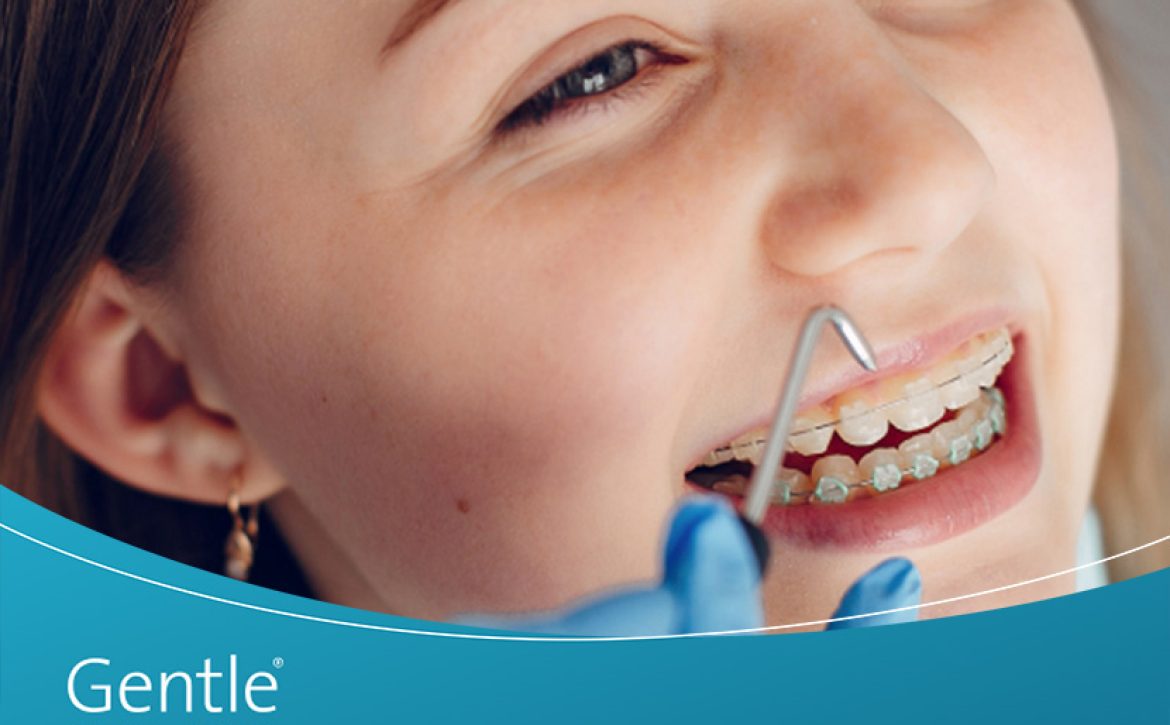Teeth Moving After Braces: What You Need to Know
What to do if your teeth move after having braces
There is nothing like the feeling of having your braces removed. A straighter smile can give you more confidence and improve your bite. But what do you do if your teeth start to shift back into their original position?
Is it normal for teeth to move back into their original position after braces?
It is normal for teeth to shift after braces. Most people will experience some movement in their bite. Some people might notice a little movement right away, while others may experience movement over a longer time.
What’s not normal is for teeth to move back into their original position. This is called orthodontic relapse and is something we want to avoid. Bad oral habits and forgetting to wear your retainer can cause your teeth to move more than they should.
Why do teeth move after braces?
There are a few reasons why teeth shift after braces. As we age, our bone structure can change. Teeth on the bottom arch of the mouth are particularly likely to move and cause crowding, wearing and aesthetic problems later in life.
Changes in the health of your teeth and gums can also cause teeth to move. Gum disease can cause bone loss in the jaw and cause your teeth to loosen and shift.
Other reasons your teeth might move include:
- Grinding your teeth: Grinding can cause wear and tear to the teeth and slowly cause your teeth to move out of alignment.
- Clenching teeth: Clenching the teeth also puts stress on the teeth and may cause changes to your bite.
- Accidents that affect the jaw or mouth: Sports injuries, or falls can cause trauma to the mouth, jaw and teeth which may push teeth out of alignment.
- Missing teeth: If you have a missing tooth your neighbouring teeth often shift into the gap.
How do I prevent my teeth from shifting after braces?
The only way to stop teeth from moving after you’ve had braces is by wearing a retainer. Even if it’s been years since you had braces, you should still wear a retainer every night. Skipping wearing your retainer can undo years of orthodontic work in just a few months. To prevent this, make a habit of wearing your retainer to bed. This will keep your teeth in place and prevent any major shifts in the position of your teeth.
As well as wearing a plastic retainer at night, your dentist might suggest a fixed retainer to keep teeth in place. A fixed retainer is a small metal bar placed behind the teeth. Fixed retainers are a great choice for preventing lower teeth from moving over time.
There are no long-term effects associated with wearing a fixed retainer. Fixed retainers are discreet and can be fixed painlessly to the back of the teeth. Some people will have their fixed retainer for up to 20 years. The only downside is that fixed retainers are harder to keep clean.
If you have a fixed retainer, make sure you brush behind and floss in between the metal bar and the back of your teeth. Plaque can easily build up in this area. We also recommend regular dental appointments so that your dentist can tell you when it needs to be removed or replaced.
What to do if my teeth have shifted after braces
There are a few things you can do if your teeth are starting to shift.
Wear your retainer
If you’ve forgotten to wear your retainer for a night or two, your retainer might feel tight the next time you put it in. To help get your teeth back into position, try wearing your retainer for a full 24 hours. This will help your teeth move back into place and the tightness will disappear.
Visit your orthodontist for a new retainer
If you haven’t worn your retainer for a few months and it no longer fits, you’ll need to visit your orthodontist. Without regular pressure from a retainer, your teeth might move more quickly. Don’t try to wear your retainer if it does not fit. Wearing a retainer that’s too small can cause more harm than good.
Consider clear braces or Invisalign
If it’s been years since you had braces and your teeth have shifted out of alignment, you may want to consider braces. Some adults opt for Invisalign as a discreet alternative to traditional braces. While it’s frustrating to have braces twice, there are advantages to restoring your smile.
Straight teeth are easier to clean and misaligned teeth can cause bite issues. Plus, braces can give you back that boost in confidence if you no longer like the look of your smile. Just make sure you wear your retainer at the end of your treatment!
When should I contact my orthodontist?
You should contact your orthodontist and make an appointment if your retainer no longer fits or if you’ve noticed a visible change to your teeth. Come and see the team at Gentle Dental. Our orthodontists will talk to you about your goals and can help you achieve a smile you are happy with.










